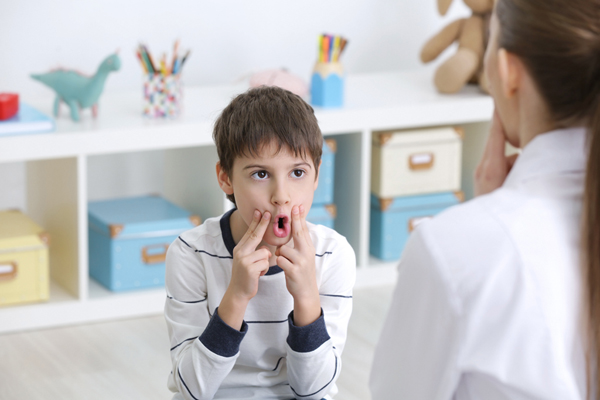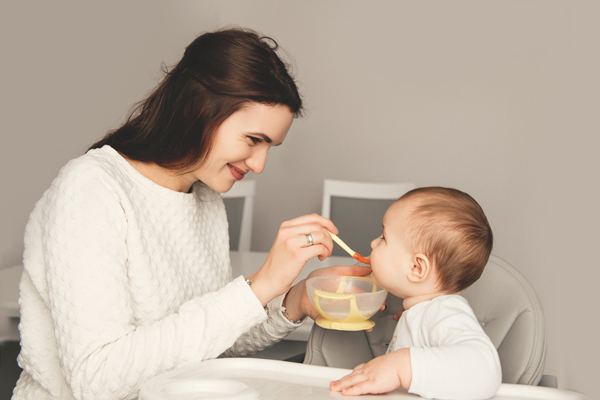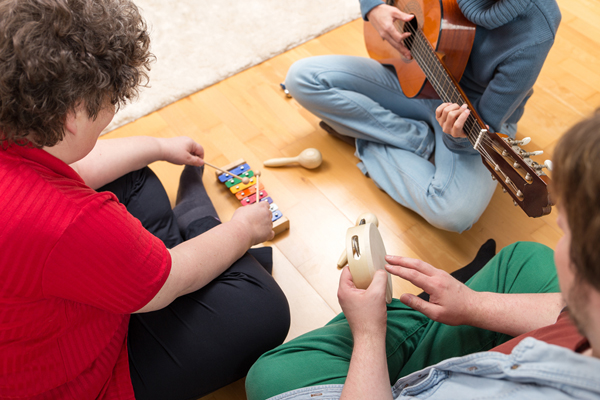Circle Speech - Small Talk

Language Development
- Subscribe to this category
- 17 posts in this category
Singing uses areas of your brain that talking typically doesn't use. When you use rhythm and melody along with words, more of your brain works together to make smooth and clear speech easier. Songs allow you to slow down your words, stretch out the sounds and speak louder. Using both sides of your brain together is helpful when learning new words, too.
When you sing the same song each day during the same routine, your child can predict when you will sing and come to expect it. You can then encourage him to join in the song by moving to the music. Pause at the end of each line to allow him to "fill in the blank" with the correct word. Try bath time, bed time or riding in the car. Gradually, your child will start to sing more of the words until he is singing, too.
Singing and talking are both motor skills that occur when your mouth and brain are working together. If your child is working to smoothly form words or struggling to put words into sentences, singing is a helpful tool. To make words fit into music, you slow down and let the rhythm carry the words. In longer words and sentences, you let the words sit on the sentence. Both rely on rhythm and timing.
I hope you will start to add some songs to your day with you family. I'd love to hear what songs you and your children choose!
Less is More. The ideal amount of toys for a preschool child is what can fit in a large shoebox. Pare down the amount of blocks, doll accessories and play dough so the whole set fits in one container with a lid. More than that is overwhelming and distracts a child from play, rather than encouraging play. You may have larger bins for older children, but the concept still applies. If your child is easily distracted or needs to develop play skills, limiting the amount of pieces is important.
Pack away the baby toys. Put aside or donate toys that are too young for your child. Even if your child still occasionally plays with a toy, age-inappropriate toys will not encourage play skills. Bring her skills to the next level by introducing a slightly higher level activity and then playing with her. Introduce new toys into a familiar game. Put people in the cars. build houses on the train table.
Rotate what you have. Ideally, a play area should have open space to sit and play, read or problem-solve. You don't need to make every toy you own available to your child all of the time. Put out a few toys in bins or baskets. Leave an open play area. Rotate toys every 1-2 weeks. Think about variety. Do you have items for pretend play, manipulative play (building materials), creative or messy play? If space permits, a little movement play area is nice, too.
If you can use a snow day to pare down, pack away and rotate your child's play things, your cabin fever won't feel so bad!







